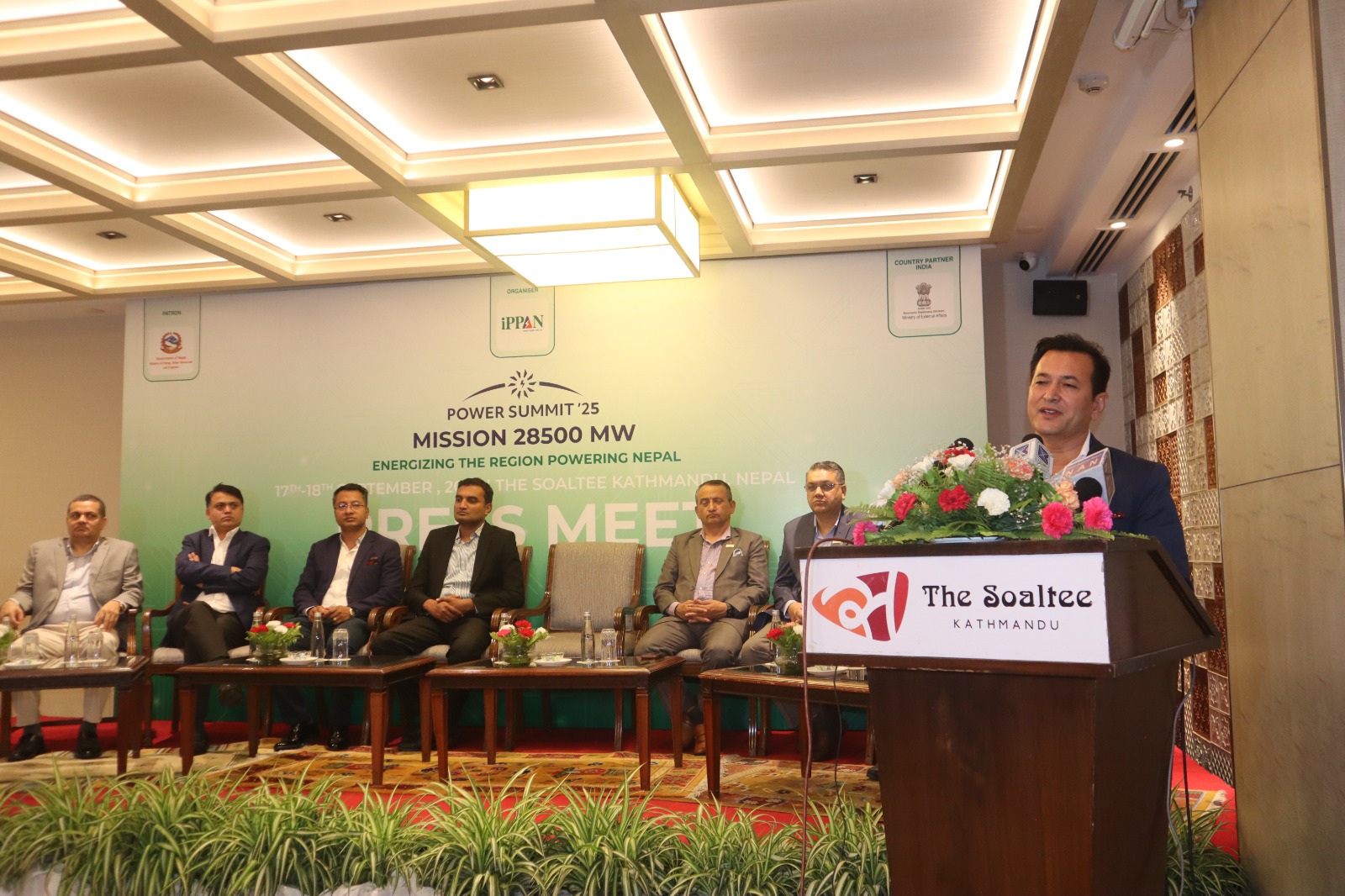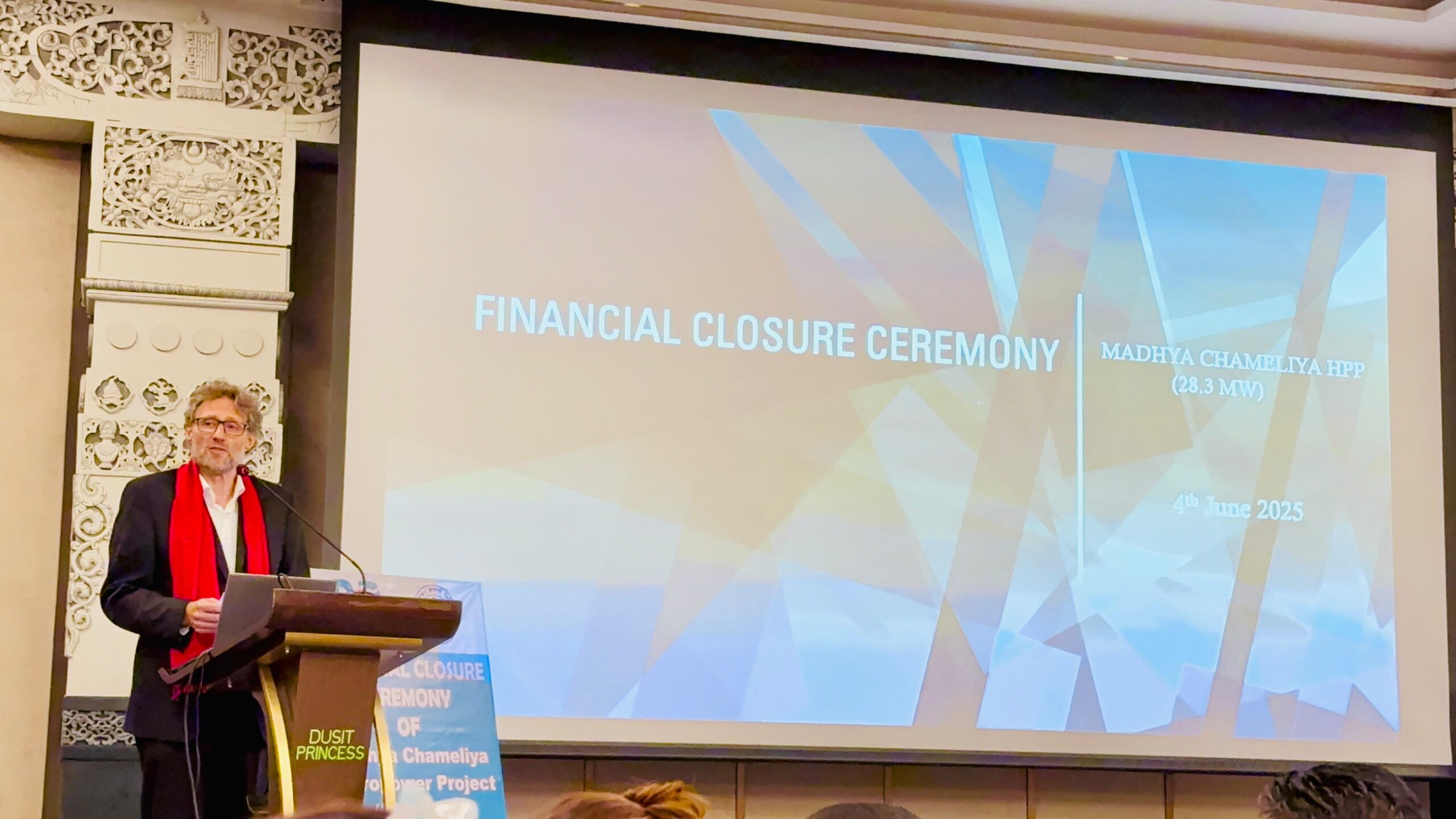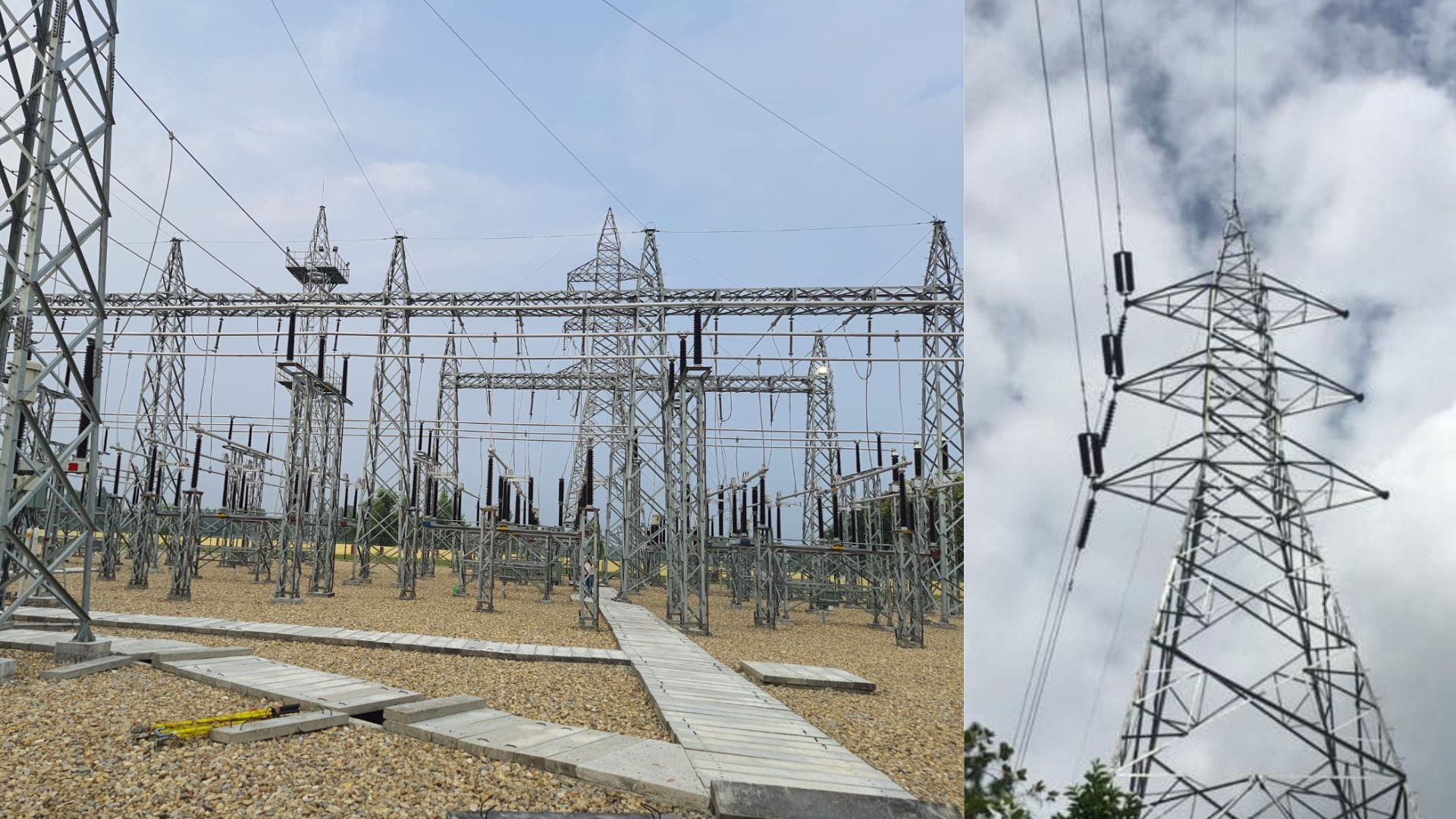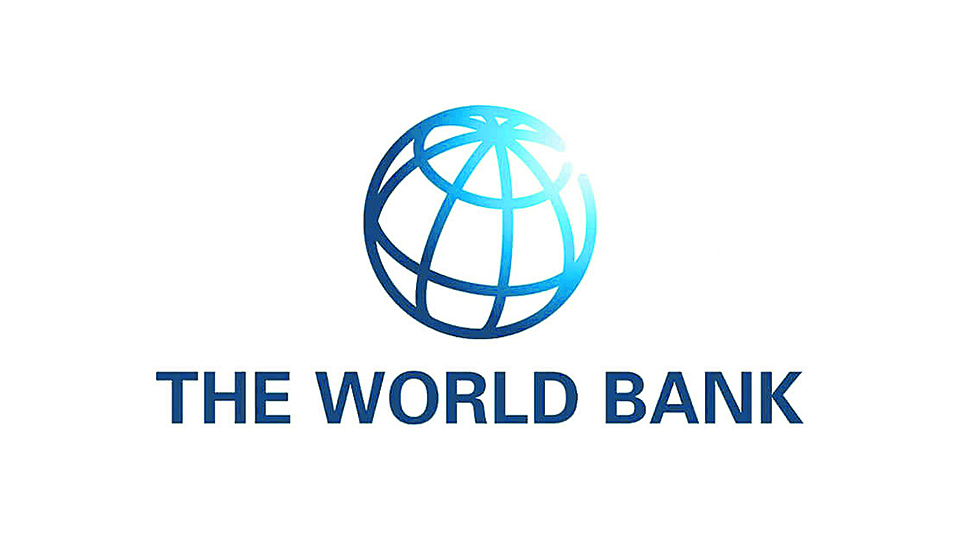
 KATHMANDU: The 60 MW Khimti-1 and 45 MW Mathillo Bhotekoshi hydropower projects built in the 1990s are pioneering examples of the Public-Private Partnership (PPP) in project development. The latest example is the country’s largest 900 MW Arun-3 hydroelectric project. After more than three decades since the PPP concept was introduced in development projects, dozens of such projects have been implemented so far. However, the implementation of this concept does not seem to have taken a definite direction. Because of this, the number of PPP projects has not increased as expected. The government has been approving, coordinating, and facilitating domestic and foreign investment in the infrastructure sector.
KATHMANDU: The 60 MW Khimti-1 and 45 MW Mathillo Bhotekoshi hydropower projects built in the 1990s are pioneering examples of the Public-Private Partnership (PPP) in project development. The latest example is the country’s largest 900 MW Arun-3 hydroelectric project. After more than three decades since the PPP concept was introduced in development projects, dozens of such projects have been implemented so far. However, the implementation of this concept does not seem to have taken a definite direction. Because of this, the number of PPP projects has not increased as expected. The government has been approving, coordinating, and facilitating domestic and foreign investment in the infrastructure sector.
The Electricity Act and Hydropower Policy introduced in 1992 opened the door to PPP in this area. In 2015, the PPP policy was introduced by the government for the first time. Then, after the Public-Private Partnership and Investment Act (PPPIA) was enforced in 2019 and its regulations in 2020, relative legal clarity about PPP began to appear. The Investment Board, which is the nodal agency to promote PPP, has been doing all the work from project identification to management in line with the PPPIA. Sushil Bhatta, chief executive officer of the Board, says that since the policies, laws, and regulations have been made in hydropower, the highest number of PPP projects are developed in this sector. Bhatta, however, states that the projects can not be developed immediately due to the inadequate policies, laws, regulations, procedures, guidelines, agreements, risk sharing and management, security mechanisms, and other frameworks in other sectors.
The PPP model has been used in most hydropower projects in Nepal. In hydropower projects, the PPP model, especially the construction, ownership, operation, and transfer (BOOT) approach, has been used. Projects like 22 MW Chilime and 456 MW Upper Tamakosi have been developed in the BOOT concept. Anuparaj Upreti, a Corporate Advocate of Pioneer Law Associate, says that though the current trend in hydropower development seems like the PPP model, this practice is not in line with the PPP as it comes through a separate permit system.
We have no such glaring example of PPP in road and airport construction. Kathmandu-Tarai Madhesh Expressway (Fast Track) was to be developed under the PPP model. The Indian company IL & FS (Infrastructure Leasing and Financial Services) also conducted a study to advance the construction. However, the project was delayed after the government disapproved the proposal of Viability Gap Funding (VGF) as a tool to lure potential investors.
Similarly, the Kathmandu-Hetauda tunnel project initiated by the private sector has also been stalled for a long time without progress. Even though the government has repeatedly extended the deadline for Financial Closure, no progress has been reported so far.

“Now, various municipalities have also started calling for proposals for PPP to construct commercial buildings within their municipal areas, discussions are also underway in some places” Krishna Prasad Sapkota, Executive Director of City Development Fund.
In the field of urban development, it seems that the PPP model has been applied in small projects. A number of commercial complexes built in Kathmandu Valley are developed in PPP. The World Trade Tower and City Mall are among those built under the PPP model. As the country has embarked on full-fledged federalism, the local governments have also tried to develop and operate commercial buildings in the PPP model, says Krishna Prasad Sapkota, Executive Director of the City Development Fund.
Ambiguity in the PPP model
Although the government has been trying to provide land, coordinate, and facilitate the PPP projects that have moved ahead so far, it has not made any financial investment.
The issue of the VGF entails legal arrangements. However, it has not yet been implemented practically. There is still no clarity about what kind of projects the government will invest in and under what conditions it will provide the VGF on behalf of the government. If a PPP model project is being built by the private sector, it should be clear whether the government will invest in it or not.

“A lot of effort and time is spent in acquiring land for the project which seems as a major problem in large project development”
Forests occupy 45 percent of Nepal’s land. Projects to be built under the PPP model often use government land. However, obtaining government land for the project is a long and complicated process.
Lengthy process for land acquisition, scarcity of ready-to-invest projects, and lack of inter-agency coordination are some of the key problems in the implementation of PPP projects in the country.
Koirala insists that the authority to implement projects other than strategic importance should be delegated to the provinces. Moreover, he said that the Investment Board Nepal, which was established as a higher authority for the implementation and facilitation of foreign investment and PPP, does not have enough expertise and political interference has weakened it.

“If the project is to be developed at a fast pace, we have to think over how can that preparation period be reduced to 6 months?”
Political and legal instability is another issue that has become a factor in attracting investment in PPP projects in Nepal. Apart from other things, corporate advocate Anup Upreti says that political and legal instability and ambiguity have not attracted foreign investors.
If the investors who are supposed to focus on developing the projects are stuck in the same administrative process for years, not only will their enthusiasm be lost, but also a negative message about the investment environment will be disseminated.
Another factor in PPP is the lack of decision-making capacity along with commitment. Due to this trend, the country cannot attract PPP investment. Such an investment environment cannot attract large and quality foreign investment. Compared to Nepal’s neighboring country India, where the private sector is very strong, the PPP concept is becoming very widespread. It is believed that there is no need to suffer loss from the investment made there or the investment will not sink. In that aspect, Nepal seems to be weak. Many believe that the PPP project has not been promoted due to the lack of coordination between the government agencies and the lack of coordination among them.

“If all the government agencies do not understand this clearly, it is seen that it will become another agency to run the investor investment board”
Radhesh Pant, an infrastructure investment expert, says that in order to facilitate and coordinate the private sector, the project has been promoted through the PPP model through the Investment Board, and says that there should be sufficient facilitation from the government agencies.
According to Pant, the PPP concept will not be able to move forward as expected unless all the government agencies facilitate the investors.
“Not only is the project ready, but institutions, laws, and regulatory infrastructure are also needed,” says Bhatt. He claims that things like land acquisition and distribution of compensation, approval of forests, etc. have become easier than in the past.

“A lot of work has been started in 10 years, we are facilitating, but all aspects of PPP need to be understood in a more nuanced manner”
Bhatta claims that the implementation of PPP in Nepal is going in the right direction. “Many works have started in 10 years; we are facilitating them. However, it is necessary to understand all aspects of PPP in a more nuanced manner.” According to the Board’s statistics, over Rs 733 billion worth of foreign investment has been approved by the Board over 10 years.
Projects in PPP
The PPP and Investment Act includes roads, tunnels, bridges, canals, reservoirs, dams, sewers, cable cars, railways, tramways, metro rail, monorail, sky rail, trolleybus, bus-rapid transit, and dry ports, the waterway transportation stop, the airport. Similarly, production, transmission, and distribution of renewable, thermal, and geothermal energy such as hospitals, cold storage, warehouses, public halls, stadiums, hydro-electric, biological, gas, solar, exhibition venues, amusement parks, waste treatment, and management plants can also be built by the board in PPP model.









